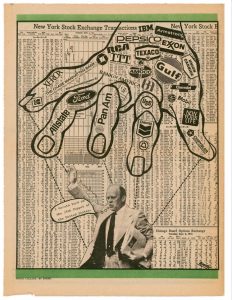Digital Cash. The Unknown History of the Anarchists, Utopians and Technologists Who Created Cryptocurrency, by Finn Brunton, assistant professor in the Department of Media, Culture, and Communication at New York University. He is also the co-author of another book i reviewed, Obfuscation: A User’s Guide for Privacy and Protest.
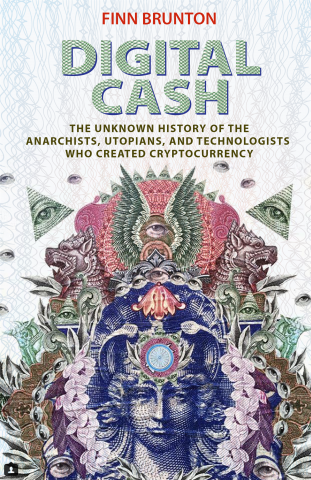 Publisher Princeton University Press writes: Bitcoin may appear to be a revolutionary form of digital cash without precedent or prehistory. In fact, it is only the best-known recent experiment in a long line of similar efforts going back to the 1970s. But the story behind cryptocurrencies like Bitcoin and its blockchain technology has largely been untold—until now. In Digital Cash, Finn Brunton reveals how technological utopians and political radicals created experimental money to bring about their visions of the future: protecting privacy or bringing down governments, preparing for apocalypse or launching a civilization of innovation and abundance that would make its creators immortal.
Publisher Princeton University Press writes: Bitcoin may appear to be a revolutionary form of digital cash without precedent or prehistory. In fact, it is only the best-known recent experiment in a long line of similar efforts going back to the 1970s. But the story behind cryptocurrencies like Bitcoin and its blockchain technology has largely been untold—until now. In Digital Cash, Finn Brunton reveals how technological utopians and political radicals created experimental money to bring about their visions of the future: protecting privacy or bringing down governments, preparing for apocalypse or launching a civilization of innovation and abundance that would make its creators immortal.
The incredible story of the pioneers of cryptocurrency takes us from autonomous zones on the high seas to the world’s most valuable dump, from bank runs to idea coupons, from time travelers in a San Francisco bar to the pattern securing every twenty-dollar bill, and from marketplaces for dangerous secrets to a tank of frozen heads awaiting revival in the far future. Along the way, Digital Cash explores the hard questions and challenges that these innovators faced: How do we learn to trust and use different kinds of money? What makes digital objects valuable? How does currency prove itself as real to us? What would it take to make a digital equivalent to cash, something that could be created but not forged, exchanged but not copied, and which reveals nothing about its users?
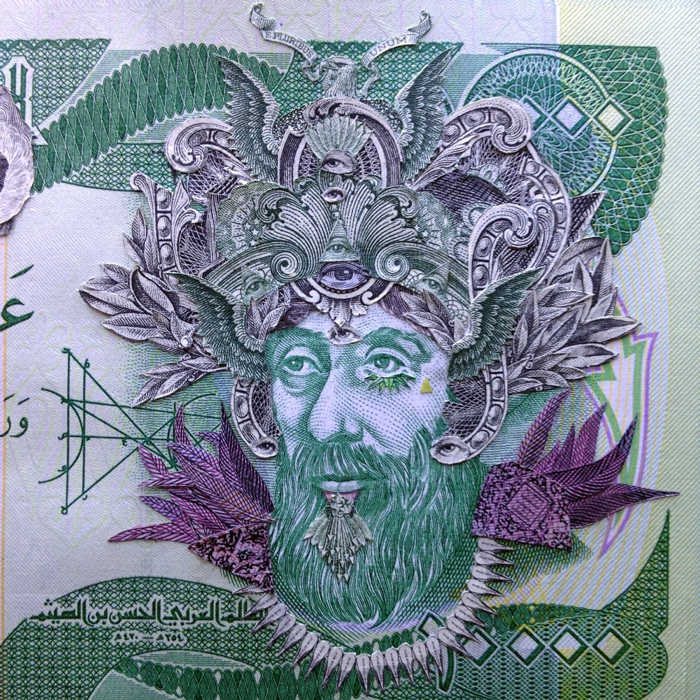
Joey Colombo, from the series This is your God
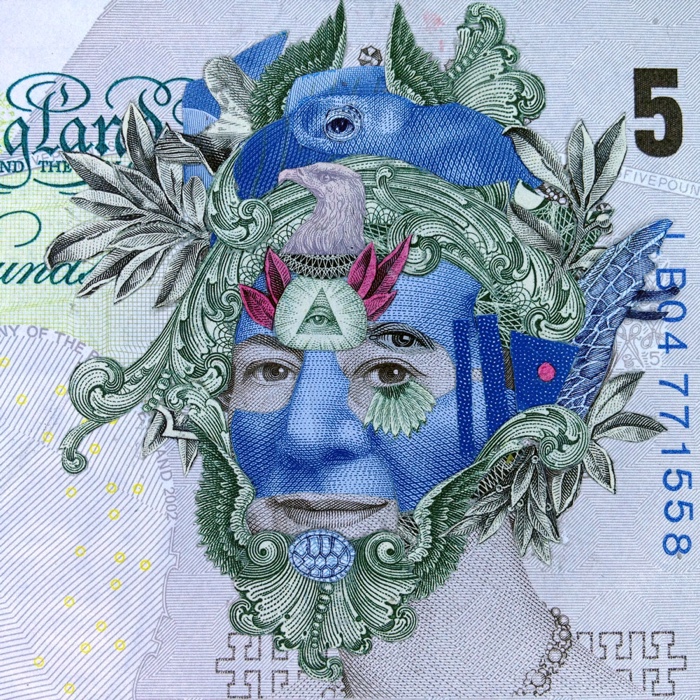
Joey Colombo, from the series This is your God
The presentation of the book promises a lot: futures, adventures, subcultures, technology and thrill. And it does deliver.
Finn Brunton traces with brio what he calls the prehistory of Bitcoin. From Friedrich von Hayek, who in his 1976 book Denationalisation of Money: The Argument Refined argued that the right of issuing currency should shift from central banks to a decentralized mechanism, up to subcultures whose name i had never heard before: the Cypherpunks and the Extropians. The latter yearn for a posthuman future where they’ll be enjoying super intelligence and super longevity thanks to technology. Some of them even hope to become immortal. Which means playing a long term game that requires cryonics, experimental pharmacology but also financial structures and payment systems that would enable them to store money and recover it whenever they are brought back to life in a future society that is likely to be very different from the one they had left. Such monetary independence needs to be accompanied by specific insurance schemes and an anonymous reputational system that would enable them to exchange forbidden scientific studies, tools for rating secret clinics, marketplaces for unauthorized pills and covert support communities for illegal practices.
As the book demonstrates, the development of digital cash was not driven by technology only but by social beliefs, by a desire for greater privacy, for new forms of liberty, for personal post-humanity and other wider agendas.
Along the way, the author explains (in easy to digest terms) how cryptocurrencies and blockchain work, how they are able to change societies and how developers of computational currencies have attempted to solve problems like spam, fraud and forged digital cash. Which still leaves him space for baffling stories such as the one of the rabbit (almost) frozen and brought back to life and the t-shirt legally classified as munitions in the USA.
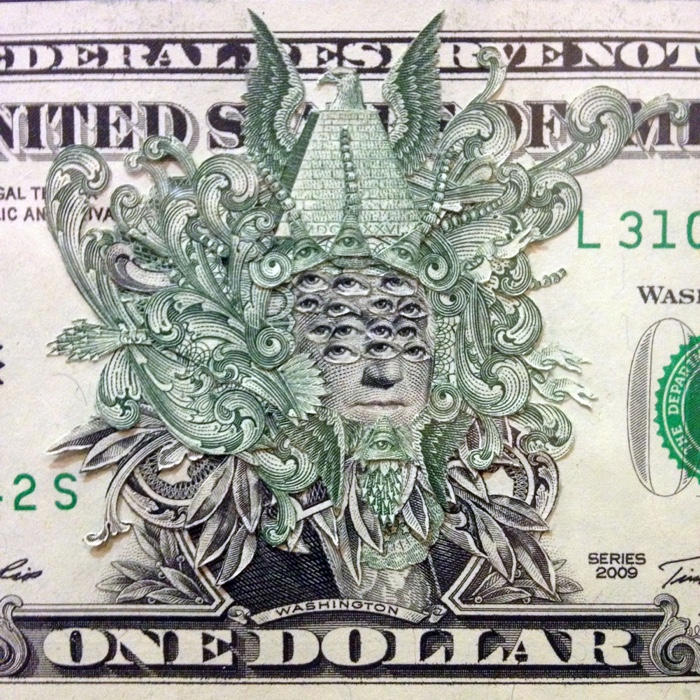
Joey Colombo, from the series This is your God
Since i’m not no authority in digital cash, i’d recommend you also have a look at the review of the same book by expert in digital economy Rachel O’Dwyer. Or spend some time listening to this interview with Finn Brunton.
I have to confess that i found the cover of the book as irresistible as its description. The artwork on the dustjacket was created by Joey Colombo.




